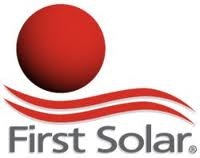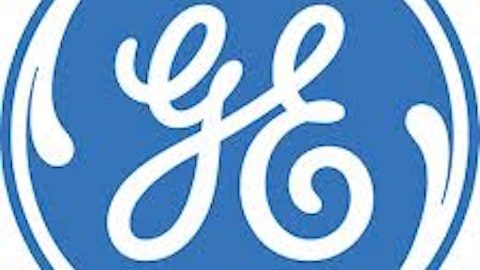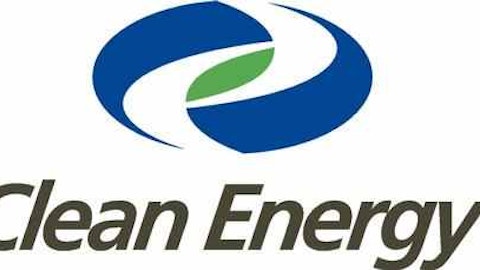Americans spent more money on gasoline in 2012 than in any other year… ever. Meanwhile, here in 2013, retail gasoline prices spiked to $3.60 a gallon on average — $3.94 on the West Coast — the sharpest rise in prices seen in the past three months. And Iran is happy to hear it.
In fact, if the Islamic Republic has anything to say about it, Americans could wind up paying even more for gas than we already do. Right now, a barrel of benchmark crude costs about $95. But over the weekend, Iranian Oil Minister Rostam Ghasemi was quoted arguing that “the price of crude oil [should] remain at about $100.” Ghasemi thinks that price “is fair, and Iran supports it.”
Fair is in the eye of the beholder
Of course, that’s fine for him to say. After all, Iran gets about 80% of its revenue from selling oil abroad. Inside the country, however, motorists enjoy subsidized pricing on gasoline, which limits the cost for many motorists to as little as $1.25 per gallon.
So this is kind of an inside joke, what Ghasemi is telling — $100 is a fair price to pay… because most Iranians aren’t paying it. They’re paying the gasoline equivalent of closer to $33 oil.
Ha, ha
American consumers, on the other hand, aren’t laughing. Not with the cost of gasoline now consuming $4, on average, out of every $100 we spend on daily living — the highest percentage of our living expenses seen since 1983.
And yet, at the same time, Iran’s targeting a $100 price of oil does pose the country with a bit of a dilemma. Over in China, the engine that’s kept the oil price machine humming, demand for oil hit an eight-month low in April. And according to Economics 101, lower demand generally portends lower prices rather than higher.
Meanwhile, strong-ish retail sales numbers are lending strength to the U.S. dollar. And with most oil contracts still being denominated in dollars, a strong dollar tends to result in lower prices for crude.
OPEC — the Organization of Petroleum Exporting Countries — plans to meet in Vienna on May 31 to discuss how the cartel will respond to these dynamics. At present, most analysts expect OPEC to maintain a target production rate of 30 million barrels per day. However, if the idea is to raise prices in a scenario of sagging Chinese demand, and robust U.S. dollars, OPEC might well have to reduce its output in order to maintain pricing power.
Decisions, decisions
At least, that’s how these things have worked historically. You see, OPEC’s job, in a nutshell, is to keep prices high enough to maximize the profits of oil exporting countries — while at the same time not letting prices rise so high as to discourage demand for oil — and the development of alternatives.
Raise prices too much — or, what’s really the same thing, cut supply too much — and you just encourage companies like First Solar, Inc. (NASDAQ:FSLR) to develop cheaper and more efficient solar panels, and General Electric Company (NYSE:GE) to invest more in wind turbine production. In the long term, that’s a bad business idea for oil producers.
On the other hand, if you allow too much oil to be produced, prices fall, and OPEC members start leaving money on the table. So getting the oil price to $100 — and getting it to stick — isn’t as easy as it sounds.





